Soon Dothan - Houston County Joint Communications Center and Emergency Center Will Open
Rickey StokesViewed: 4926
Posted by: RStokes
Date: Feb 19 2017 9:31 PM
DOTHAN - HOUSTON COUNTY: Soon a long time goal will have been reached with the opening of the City of Dothan - Houston County Emergency Operations Center.
In a facility costing around $ 5 million dollars the City of Dothan - Houston County E911Communications District will house the communications centers and Emergency Management Office for Dothan - Houston County.
In the early 1990's, then Dothan Mayor Alfred Saliba and Houston County Commission Chairman Robert Crowder were out of town. They sit in a hotel room and hammered out the agreement to begin the 911 system. The agreement was the City of Dothan was take the lead.
At that time Harold Locke was Dothan Police Chief, Lamar Hadden was Houston County Sheriff and Bobby Clemmons was Dothan - Houston County Emergency Management Director. The first E911 Coordinator was Jim Smith, a Lieutenant of Dothan Police Department.
The Dothan - Houston County 911 Board of Directors were the Dothan Mayor and sitting members of the Dothan City Commission. An Advisory Committee was made up of 9 members of the users of the 911 system.
In later years the board membership was increased to include two Houston County Commissioners.
But it was Chief Locke, Sheriff Hadden, EMA Director Clemmons and Lt. Jim Smith that started the ball into action. Many more joined.
Mr. Roger Nall, long time President of Houston County Fire Chief Association and Cowarts Volunteer Fire Chief was on the board in the beginning and remained until recent years.
A couple of years ago local legislation was passed which created a 9 member City of Dothan - Houston County E911 Communications Board. It is a stand alone entity that owns the new facility. This new board took the Dothan Mayor, sitting members of the Dothan Commission and two Houston County Commissioners off the board.
The new board had four mandatory appointments. Those being the Dothan Police Chief, Houston County Sheriff, Dothan Fire Chief, and the President of the Houston County Fire Chief Association. The other 5 appointments are made between the City of Dothan Commission and Houston County Commission.
All emergency responder agencies for Dothan - Houston County will be dispatched from this new facility. It will also house the Dothan-Houston County Emergency Management Office.
The 911 Board employs directly a Coordinator, Holly Brittan. The board will employ two more people, to include a Building Specialist and 911 Data Systems Specialists.
The communications centers are operated and managed by Dothan Police Chief Steve Parrish and Houston County Sheriff Donald Valenza.
The Dothan Police Department dispatches the police and fire for the City of Dothan.
The Sheriff Department dispatches for the sheriff deputies, all municipal police departments in Houston County with the exception of Dothan, all 17 volunteer fire departments in Houston County, all 5 volunteer medical rescue units, and both Houston County Rescue Unit and Regional Land and Water Rescue.
Pilcher Ambulance has their own dispatch center. But they do operate in constant contact with Dothan Fire And Houston County Sheriff.
While the right side of the facility will house the 911 communications center, the left side of the building will house the Dothan - Houston County Emergency Management Center. This operation works hand in hand with the communications center and provides resources to the emergency responders and coordinates their needs for successful operations.
Recently the Houston County Commission appointed Chris Judah as the new EMA Director. Judah and his staff are working to bring the EMA to a full operation unit.
Some interesting 911 facts. The first ever 911 call was originated from Haleyville Alabama on February 16, 1968. Some bullet points are below:
* The first-ever 911 call in the United States happened on February 16, 1968, in Haleyville, Alabama. It wasn’t until 1999 that Congress directed the FCC to make 911 the universal emergency number for the United States for all telephone services.
* Known as the “The City Where 911 Began,” Haleyville, Alabama, holds a 911 festival every year that honors all police, fire, and emergency personnel.
* The phone used to answer the first 911 call in the United States is in a museum in Haleyville, Alabama. A duplicate is still used at the police station there.
Over 70% 0f the 911 calls are made from cell phones.
* Over 240 million calls are made to 911 in the U.S. each year.
* The telephone number 911 is for emergency calls in North America. To use it for any other type of calls, such as a prank call, could be considered a crime.
* Some Public Safety Answering Points (PSAPs) report that 15%–20% of incoming 911 calls are non-emergencies. An emergency is a life-threatening situation where every second counts, such as a heart attack, uncontrolled asthma attack, child birth in progress, any event involving large amounts of blood, uncontrolled fire, a life-threatening event such as a knife fight, an armed robbery in progress, or a serious car accident (not a fender bender).
Who designed and installed the first 911 emergency call system in the United States? The first system was built by the Alabama Telephone Company in Haleyville, Alabama, in 1968. Here is the story of how they beat AT&T to the punch.
Alabama Telephone Company 911 Pioneers
"The race to be first will always be part of human nature as long as a bridge remains to be crossed, mountains to be climbed, or a telephone exchange to be cut-over, with a team working together as Alabama Telephone had."
* B.W. (Bob) Gallagher - President of the Alabama Telephone Company a subsidiary of Continental Telephone. Initiated and directed the overall 911 effort.
* Robert (Bob) Fitzgerald - Inside State Plant Manager. Designed and engineered the needed circuitry for the first U.S. 911 system.
* Jimmy White - Technician on 911 installation team.
* Glenn Johnston - Technician on 911installation team.
* Al Bush - Technician on 911 installation team.
* Pete Gosa - Technician on 911 installation team.
Need for a Universal Number Emergency Call System
The ability to dial a single number to report emergencies was first used in Great Britain, in 1937. The British could dial 999 to call for police, medical or fire departments, from anywhere in the country. In 1958, the American Congress first investigated a universal emergency number for the United States and finally passed the legal mandate in 1967. The very first American 911 call was placed on February 16, 1968 in Haleyville, Alabama made by Alabama Speaker of the House, Rankin Fite and answered by Congressman Tom Bevill.
The new emergency number had to be three numbers that were not in use in the United States or Canada as the first three numbers of any phone number or area code, and the numbers had to be easy to use. The Federal Trade Commission along with AT&T (which held a monopoly on phone services at that time) originally announced the plans to build the first 911 system in Huntington, Indiana.
Updated August 18, 2016.
Who designed and installed the first 911 emergency call system in the United States? The first system was built by the Alabama Telephone Company in Haleyville, Alabama, in 1968. Here is the story of how they beat AT&T to the punch.
Alabama Telephone Company 911 Pioneers
Bob Gallagher, President of the Alabama Telephone, was annoyed that the independent phone industry had not been consulted. Gallagher decided to beat AT&T to the punch line and have the first 911 emergency service built in Haleyville, Alabama.
Gallagher consulted with Bob Fitzgerald, his state inside-plant manager. Fitzgerald let Gallagher know that he could do it. Gallagher moved quickly getting approvals from Continental Telephone and the Alabama Public Service commissioner, and releasing a press release on February 9 announcing that the Alabama Telephone Company would be making history.
Fitzgerald examined all twenty-seven Alabama exchanges choosing the Haleyville location, and then engineered the new circuitry and made the modifications needed for the existing equipment. Fitzgerald and his team worked around the clock to install the first 911 emergency system in under one week. The team worked their regular day jobs in Fayette, traveling each night to Haleyville to do the 911 work during off-peak hours. The work was completed on February 16, 1968, at exactly 2 p.m. celebrated with a team cheer of "Bingo!"
Details of this story were provided by Reba Fitzgerald, wife of Robert Fitzgerald.
The three-digit telephone number "9-1-1" has been designated as the "Universal Emergency Number," for citizens throughout the United States to request emergency assistance. It is intended as a nationwide telephone number and gives the public fast and easy access to a Public Safety Answering Point (PSAP).
* In the United States, the first catalyst for a nationwide emergency telephone number was in 1957, when the National Association of Fire Chiefs recommended use of a single number for reporting fires.
* In 1967, the President's Commission on Law Enforcement and Administration of Justice recommended that a "single number should be established" nationwide for reporting emergency situations. The use of different telephone numbers for each type of emergency was determined to be contrary to the purpose of a single, universal number.
Other Federal Government Agencies and various governmental officials also supported and encouraged the recommendation. As a result of the immense interest in this issue, the President's Commission on Civil Disorders turned to the Federal Communications Commission (FCC) for a solution.
* In November 1967, the FCC met with the American Telephone and Telegraph Company (AT&T) to find a means of establishing a universal emergency number that could be implemented quickly. In 1968, AT&T announced that it would establish the digits 9-1-1 (nine-one-one) as the emergency code throughout the United States.
* The code 9-1-1 was chosen because it best fit the needs of all parties involved. First, and most important, it met public requirements because it is brief, easily remembered, and can be dialed quickly. Second, because it is a unique number, never having been authorized as an office code, area code, or service code, it best met the long range numbering plans and switching configurations of the telephone industry.
* Congress backed AT&T's proposal and passed legislation allowing use of only the numbers 9-1-1 when creating a single emergency calling service, thereby making 9-1-1 a standard emergency number nationwide. A Bell System policy was established to absorb the cost of central office modifications and any additions necessary to accommodate the 9-1-1 code as part of the general rate base.
* With Enhanced 9-1-1, or E9-1-1, local PSAPs are responsible for paying network trunking costs according to tariffed rates, and for purchasing telephone answering equipment from the vendor of their choice.
* On February 16, 1968, Senator Rankin Fite completed the first 9-1-1 call made in the United States in Haleyville, Alabama. The serving telephone company was then Alabama Telephone Company. This Haleyville 9-1-1 system is still in operation today.
* On February 22, 1968, Nome, Alaska implemented 9-1-1 service.
* In March 1973, the White House's Office of Telecommunications issued a national policy statement which recognized the benefits of 9-1-1, encouraged the nationwide adoption of 9-1-1, and provided for the establishment of a Federal Information Center to assist units of government in planning and implementation.
The intense interest in the concept of 9-1-1 can be attributed primarily to the recognition of characteristics of modern society, i.e., increased incidences of crimes, accidents, and medical emergencies, inadequacy of existing emergency reporting methods, and the continued growth and mobility of the population.
* In the early 1970s, AT&T began the development of sophisticated features for the 9-1-1 with a pilot program in Alameda County, California. The feature was "selective call routing." This pilot program supported the theory behind the Executive Office of Telecommunication's Policy.
* By the end of 1976, 9-1-1 was serving about 17% of the population of the United States. In 1979, approximately 26% of the population of the United States had 9-1-1 service, and nine states had enacted 9-1-1 legislation. At this time, 9-1-1 service was growing at the rate of 70 new systems per year. By 1987, those figures had grown to indicate that 50% of the US population had access to 9-1-1 emergency service numbers.
* In addition, Canada recognized the advantages of a single emergency number and chose to adopt 9-1-1 rather than use a different means of emergency reporting service, thus unifying the concept and giving 9-1-1 international stature.
* At the end of the 20th century, nearly 93% of the population of the United States was covered by some type of 9-1-1 service. Ninety-five percent of that coverage was Enhanced 9-1-1. Approximately 96% of the geographic US is covered by some type of 9-1-1.
<- back
Rules
1. You may disagree with, but not demean other commenters
2. Do NOT use all caps
3. No unsubstantiated facts
4. NO profanity
5. Stay on topic!
6. All comments are moderated, and approved by the web master
In order to post comments on articles, you must first have an account. Please create an account by clicking the link below, you will then be able to come back to this article to post a comment.




1.jpg)



1.jpg)







.jpeg)




















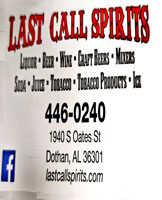



.jpg)
 (2)1.jpg)





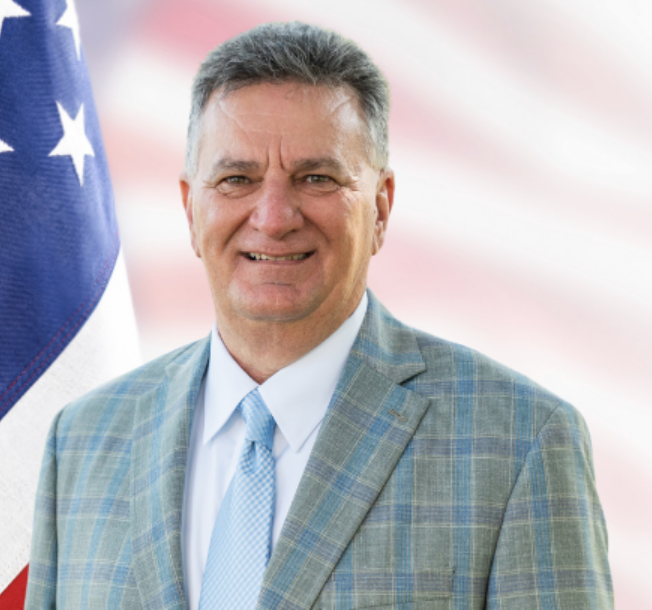
 (1).gif)






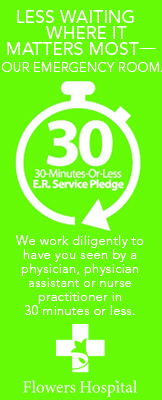

.jpeg)
.jpg)
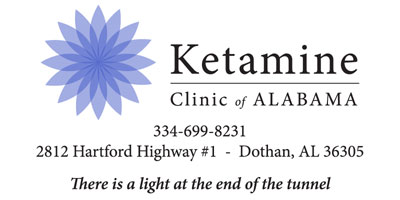


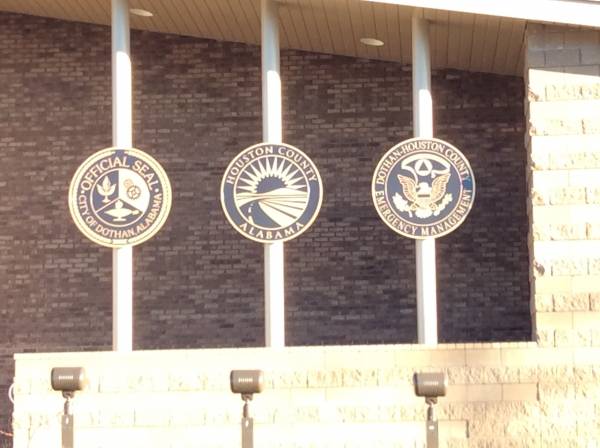
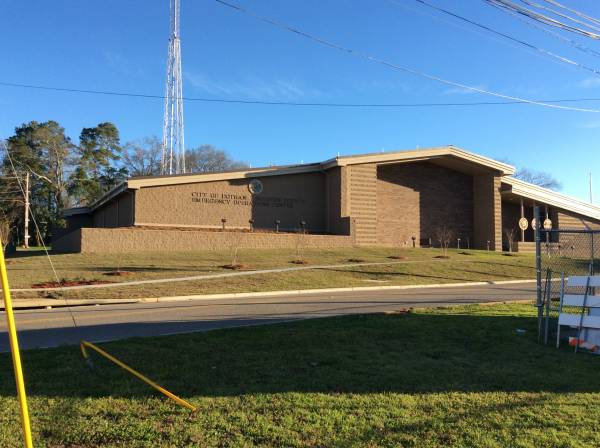

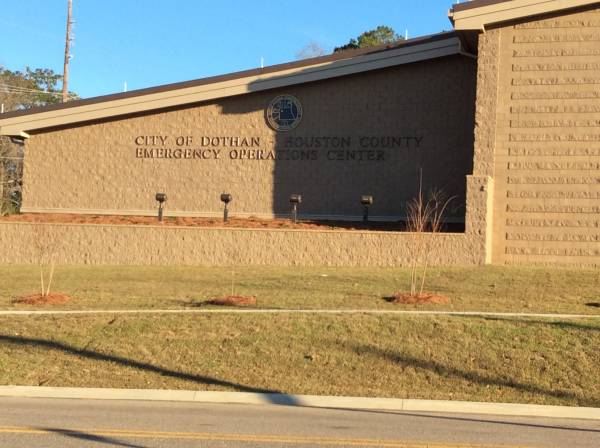
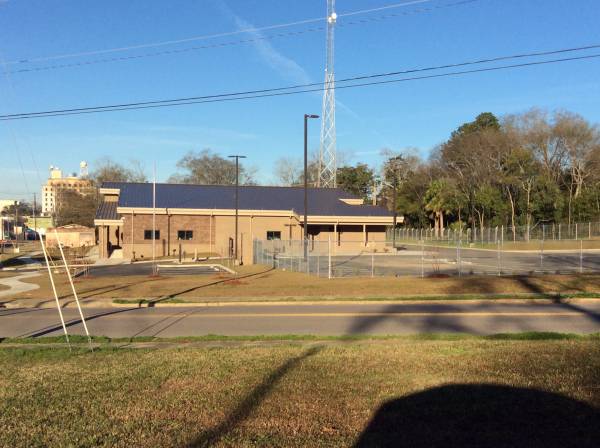
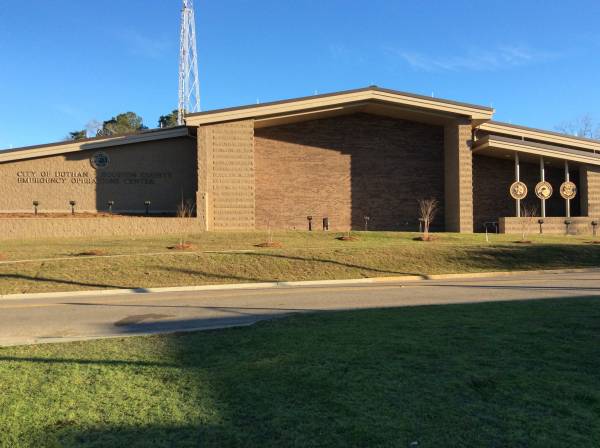

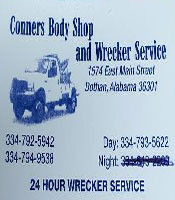















.jpg)


.jpg)










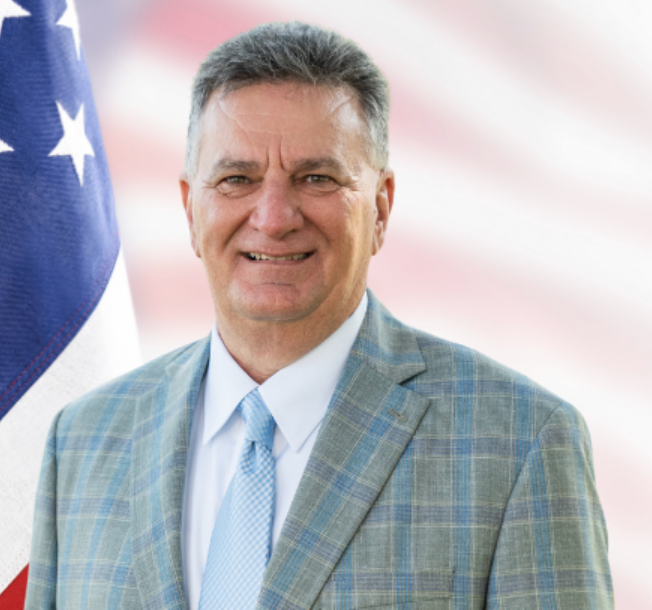







.JPG)

 (2).jpg)



1.jpg)





1.jpeg)
.jpg)
